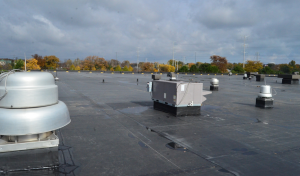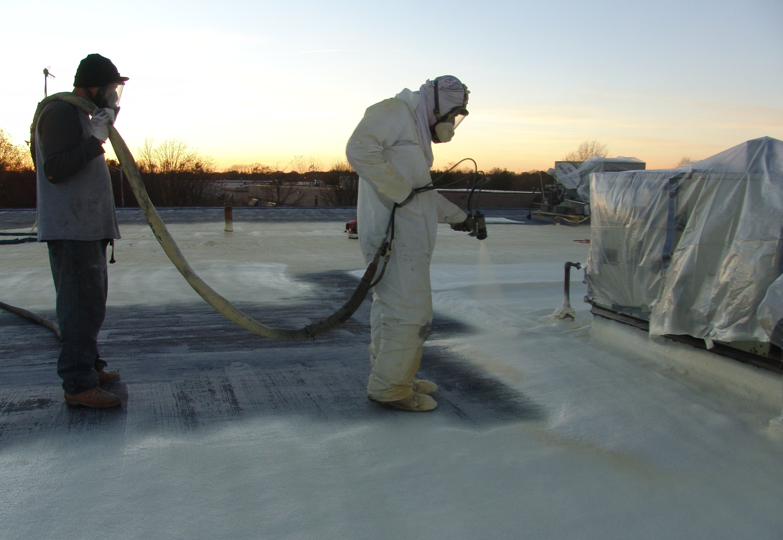“Our district believes that the essence of sustainability is long term performance! Having ballasted 90-mil EPDM roofs that we expect to achieve 50 years of service life is the epitome of sustainably.” —James Staples, director of Building and Grounds, School District 73, Vernon Hills, Ill.
A recent survey of building owners and managers revealed that what was important to them was roof systems that have long service lives: less headaches, easier budget management, extended life-cycle analysis and lower annual costs.
When roof systems have short service lives, like many of the currently specified membranes chosen not for performance but for points or to feel good, and are replaced three to four times during the service life of an EPDM roof, not only is this costly, but the burden on the environment is excessive. Material transportation, debris stream, employee travel and interior-use disruption are all concerns that weigh heavily on the environment. Durability and long-term service life are keys to achieving sustainability, and many EPDM roof systems are entering their fourth decade of service. This long-term service life was predicted by several studies.Beech Study (Beech, 1991): In 1991, John Beech of the U.K. based Building Research Establishment (BRE) studied the aged and unaged properties of polyvinyl chloride (PVC), polyisobutylene (PIB), chlorosulphonated polyethylene (CSM) and EPDM, focusing on flexural fatigue as a precursor to performance. The samples were heat-aged and subject to flexural cycles. While the other membranes failed in less than 140,000 cycles, the EPDM never failed. Additionally, samples were subjected to exterior weather conditions in various climatic conditions—mild and wet, hot and humid, hot and dry—for four years. These samples were then subjected to flexural cycling. EPDM withstood 500,000 cycles and the testing was stopped. Beech concluded that based on flexural cycling fatigue testing, the EPDM had the best chance of being a long-term performer.
Gish Study (Gish & Lusardi, 1991): At the 1991 International Symposium on Roofing Technology in Montreal, Gish and Lusardi tested samples of 45 in situ EPDM samples cut from various roof system types ranging from five to 17 years of age. All test results met the ASTM International D4637 Standard Specification for EPDM Sheet Used in Single-ply Roof Membrane. Nearly 90 percent of the samples exceeded the requirements for new membrane.
Hoff Study (Hoff, 1992) and (Hoff, RCI Interface, 1998): Hoff evaluated the performance of aged EPDM membranes through the examination of manufacturer warranty records, studying warranty repair costs from 1982-93. It was found that the repair costs decreased 60 percent from 1982-93, which was attributed to advances in several roofing system component technologies, such as the introduction of new adhesives, seam tapes and the introduction of perimeter anchor strips.
Trial Study (Trial, 2004): Trial, in 2003, undertook a study similar to the Gish study but with an emphasis on membranes that had increased in situ periods: 16 to 23 years. The samples were taken from nine states in the U.S. and from ballasted and fully adhered systems. The samples were taken from projects that represented two EPDM manufacturers and were sent for testing. The samples were tested for tensile strength, elongation, tear resistance and weathering. The physical properties of all the samples exceeded the ASTM D4637 specification for new and heat aged EPDM. The conclusion was that based on its weathering properties, EPDM was expected to have long-term performance.
SKZ (Süddeutsche Kunststoff Zentrum, 2009): The German study tested EPDM and concluded that one could expect EPDM roof membrane to last 50 years. With the advent of life-cycle analysis and its emphasis on service life, this is an important question. Additionally, the design and building industry has an increased awareness in regard to sustainable roof systems and the importance of longer lasting materials (see Photo 2).





What are your thoughts on a light molecular weight fluid applied Liquid EPDM membrane system?